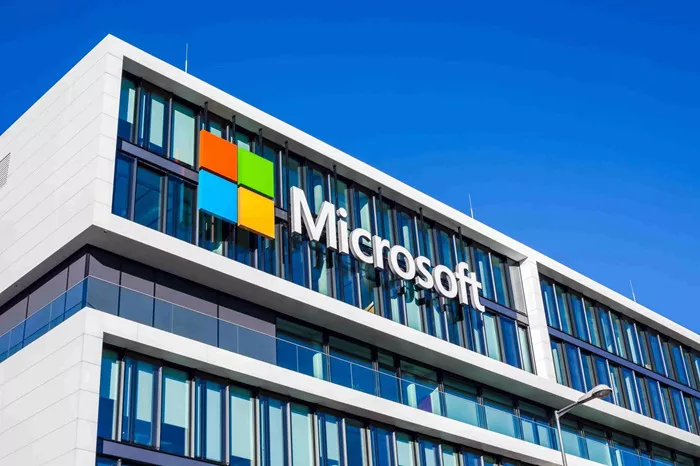In after-hours trading, major technology stocks experienced a decline, primarily driven by a 6% drop in Microsoft Corp.’s share price. The decrease came amid concerns that the enthusiasm surrounding artificial intelligence, which had previously fueled market gains, may have become excessive.
The Nasdaq 100 ETF, valued at $280 billion and tracked by ticker QQQ, was significantly impacted by Microsoft’s downturn. This drop overshadowed a positive forecast from Advanced Micro Devices Inc. Intel Corp.’s shares rose following announcements of substantial job cuts aimed at reducing operational costs. The overall market sentiment is now focused on upcoming earnings reports from other major tech firms and the Federal Reserve’s anticipated decision on Wednesday.
The Nasdaq 100 has fallen by 9% from its peak, nearing a correction phase. This downturn began as investors shifted their focus towards cyclical sectors in response to indications of easing inflation, which fueled expectations of a Federal Reserve rate cut in September.
Tom Essaye from The Sevens Report warned that if the Federal Reserve does not signal a rate reduction this month, the market could face increased volatility, especially if upcoming earnings reports are disappointing.
The S&P 500 index decreased to approximately 5,435, while the Nasdaq 100 fell by 1.4%. The index tracking the seven largest tech giants dropped by 2%, and the Russell 2000 index of small-cap stocks saw a modest increase of 0.3%. Nvidia Corp. experienced a significant 7% decline, erasing $193 billion from its market capitalization.
In other financial news, bonds and gold prices rose due to heightened geopolitical tensions following Israeli military actions in Beirut targeting a Hezbollah leader. Oil prices remained subdued. Bank of Japan Governor Kazuo Ueda is expected to face close scrutiny regarding his plans for quantitative tightening and adjustments to the policy rate.
Goldman Sachs Group Inc. Chief David Solomon suggested that one or two Federal Reserve rate cuts later this year are increasingly probable, a shift from his earlier prediction of no reductions in 2024.
Historically, the S&P 500 has shown gains following the start of a rate-cutting cycle, with an average increase of 5% a year after the first cut, according to CFRA research. The small-cap Russell 2000 Index has also demonstrated growth, climbing 3.2% on average 12 months post-rate cut.
Bank of America Corp.’s Savita Subramanian believes that while the S&P 500 might have reached its annual peak, there are still promising investment opportunities. She highlights potential returns in dividend-paying stocks, traditional sectors like infrastructure and manufacturing, and areas not directly tied to artificial intelligence.


